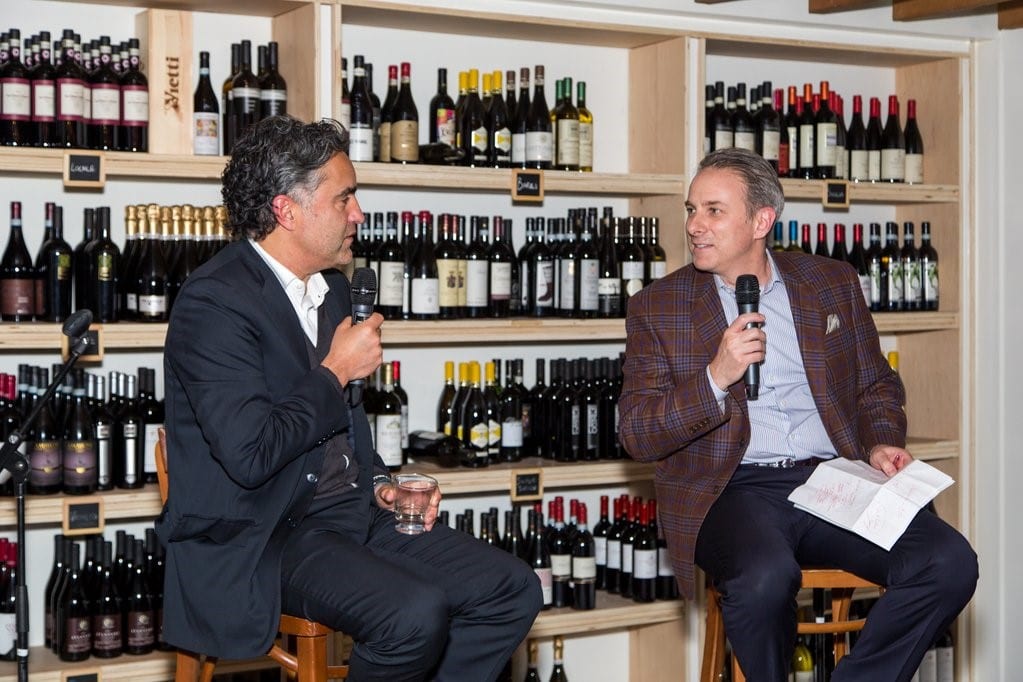
Expedia. Tesla. Apple. Amazon. Google. UBER. We are fascinated by the companies that disrupt an industry, redefine our habits and achieve billion dollar valuations in the process. We are flooded with news of innovation that will shake things up in everything from appliances to cars to taxi services. CEOs are constantly pondering strategic responses to industry-wide, game-changing disruption. Should the incumbents acquire an emerging disruptor, develop their own solution or not worry about it at all?
As much as we are all aware of potential disruptions, all too often we watch as the established companies, the ones with the odds on their side, lose out. They lose to disruptors who have less capital, fewer customers, less industry experience and no brand. But why is that? Why did Kodak not find a way to play in the digital camera revolution? Why didn’t any of the taxi companies or municipalities figure out a way to disrupt Uber before Uber disrupted them? Why couldn’t RIM use its head start on smart phones to crush Apple before it really got going? Of course we can analyze the business models to death and figure out what is great about the new technology. We can pick apart the strategies of all the players and rationalize who won. But I think the answer is much simpler: the incumbents had too much to lose.
Industry incumbents start with a long history of profits and often a stock price on which that is based. Senior executives oversee some collection of departments, business lines, brands or geographies. There are channels that serve customers with hordes of direct or indirect employees who depend on them for a paycheck. Big products tend to have marketing engines behind them and large user bases. These are all great assets to have, except when the desire to hold onto them in the short term impedes success or even survival in the long term. Often I see executives struggling to innovate for the future without disrupting the past. Introducing a new product without cannibalizing the old one. Meeting changing margin expectations in an industry or accelerating innovation investment without missing Wall Street’s earnings targets. Adapting channel structures or organizational structures for the future without having to cut employees. In a world without competition that may be possible. Or even in a world where all the players are mature. For example, large Canadian banks have been slow and inefficient at lots of things though they needn’t have worried because there were only a handful of them who were equally slow and inefficient. Until now.
Enter the disruptors. Disruptors start with what I call a blank canvas for innovation. They find problems in an industry and solve them for profit. The founders of UBER were having trouble finding a taxi and invented a world-changing application. They didn’t seek to manage existing channels or players. They had no past margin expectations to match, no employees to manage and no existing capital to depreciate. They were free to redefine the industry to be efficient for today’s world. The idea was relatively simple. So simple, I would argue that the taxi industry should have come up with it before UBER. But they couldn’t because it would imply that much of what they have today is irrelevant. People on the phone who manage dispatch would be fired, brokers and medallion owners wouldn’t be able to charge as much, and city licensing revenue would plummet. As time will soon tell, those things will all happen anyway.
At a recent SATOV event, we explored disruption. I gave my perspective on how industries are changing and struggling to figure out when they are being disrupted, and how to respond. I shared the stage with Bruce Croxon, founder of Lava Life, host of BNN’s The Disruptors and former Dragon from CBC’s the Dragon’s Den. Bruce gave his perspective on what he sees as one of the most exciting times to be alive. Watch some of the highlights below and join the discussion on twitter with @marksatov and @SATOVconsultant. This video is the first of a number of videos we’ll be sharing this year so stay tuned for more.
